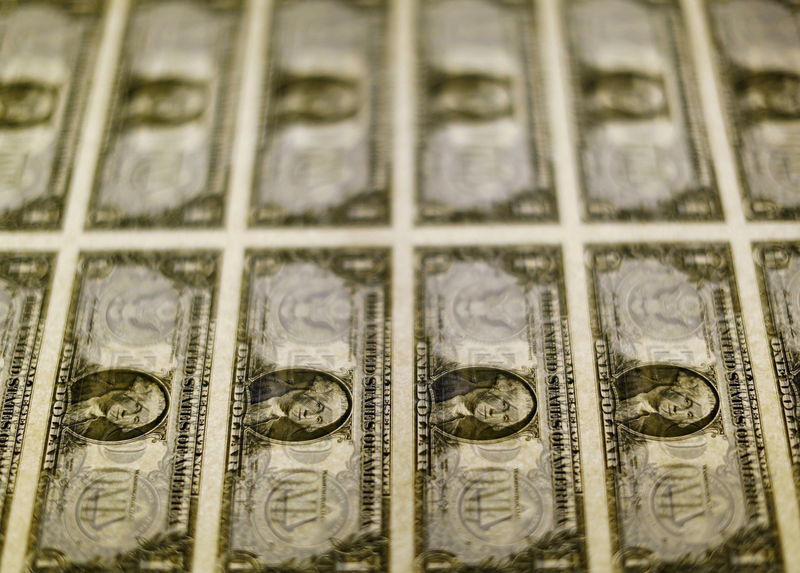Investing.com - The dollar was hovering near four-month lows against other major currencies on Friday, as Thursday's downbeat U.S. economic reports still weighed and investors eyed the release of key U.S. retail sales and inflation data due later in the day.
The greenback came under pressure after the U.S. Department of Labor reported on Thursday that initial jobless claims increased to 261,000 last week, compared to expectations for a drop to 246,000.
A separate report showed that the producer price index fell 0.1% last month, confounding expectations for a 0.2% rise.
The U.S. dollar had gained ground earlier in the day after China’s foreign exchange regulator said that a report about Beijing slowing or halting its U.S. bond buying may be based on erroneous information and could be "fake".
Bloomberg reported this week that Chinese officials reviewing foreign-exchange holdings had recommended slowing or halting purchases of U.S. bonds. China is the largest foreign holder of U.S. government debt.
The U.S. dollar index, which measures the greenback’s strength against a trade-weighted basket of six major currencies, was down 0.09% at 91.58 by 02:05 a.m. ET (06:05 GMT).
The euro was higher, with EUR/USD up 0.17% at 1.2052, while GBP/USD held steady at 1.3547.
The yen and the Swiss franc were little changed, with USD/JPY at 111.31 and with USD/CHF at 0.9757.
Elsewhere, the Australian and New Zealand dollars were weaker, with AUD/USD down 0.09% at 0.7885 and with NZD/USD slipping 0.14% to 0.7251.
Official data earlier showed that China's exports increased more than expected by 10.9% in December, while imports rose by only 4.5% compared to expectations for a 13.0% climb.
China is Australia's biggest export partner and New Zealand's second biggest export partner.
Meanwhile, USD/CAD edged up 0.12% to 1.2535.
